How we started
John Kosovich Wines was established in 1922 by John’s father Ivan and his brothers, who emigrated from Croatia shortly before the outbreak of World War 1.
After working cutting railway sleepers in the states South West and then in the gold mines of Kalgoorlie, Ivan purchased the property in 1922. Several of the original vines planted in that year still grace the entrance to the winery and front of the property.
Passion
John Kosovich Wines is a family owned and operated winery located in Western Australia’s Swan Valley. We focus on quality boutique wines, which has been a hallmark of our brand for many years. We are one of the oldest wineries operating in the Swan Valley and the oldest still run by the founding family.
Craftmanship
All of our fruit is hand picked and our wines carefully crafted to produce the highest quality wines we can that reflect to unique terroir of the Swan Valley and Pemberton wine regions.
Fruit driven elegant styles are our hallmark and we will not compromise on our methods to achieve our vision.
We thrive by making fine wines that enrich the palate and enhance the consumer experience.
Our Timeline
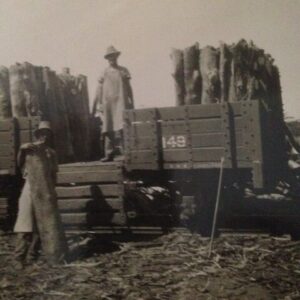
Ivan Arrives from Croatia
In 1911 Ivan Kosovich, along with two of his brothers Mate and Nikola, arrived in Western Australia from the seaside village of Zaostrog, Croatia. Upon their arrival, they spent several years cutting timber in the Southwest of the state, as well as time in Kalgoorlie working in the underground gold mines along with many other Croatians and Italians.
1911
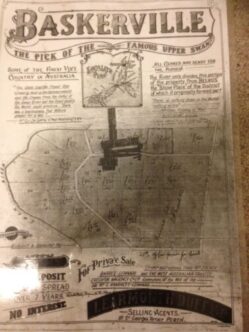
Purchased the property and planted the first vines
In 1922 Ivan, together with his brothers, purchased a piece of land at the corner of Great Northern Highway and Memorial Avenue in Baskerville. Here he built his house and planted the first vines, several of which are still growing on the property today. Both Mate and Nikola unfortunately passed away in 1927 and 1945 respectively leaving no family.
Wines initially produced at the property were sweet white and red which was most commonly consumed in the post war era. Along with wine grapes, Ivan also grew table grapes to eat fresh and dry along with other fruits and vegetables. The wine and grapes were traded with fishermen from Fremantle and market gardeners from Spearwood and Wanneroo.
1922
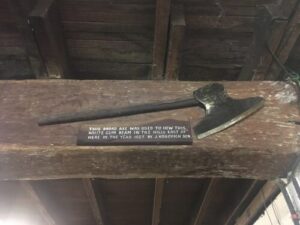
Below ground cellar dug and winery constructed
In the warm conditions of the Swan Valley it was imperative to find a way to keep the wine and other goods fresh. It was decided that a below ground cellar would be built. Along with his brothers and other neighbours the ground was dug to around three metres using manual labour and borrowed draught horses. A large seven metre tall tree was felled in the hills to the east of the property for the main roof support. A handmade broad-axe was used to shape the beam and this axe is proudly displayed at the winery today. This underground cellar was completed in in the late 1920’s and serves as our tasting and sales area today.
1927
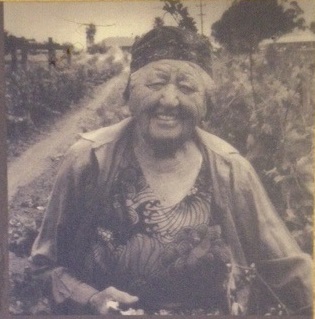
Family
After living in Australia for more than 25 years, Ivan returned to Zaostrog to marry his bride Ane. Ane was encouraged to marry and move to Australia as times were hard and with her father deceased, providing for the large family was proving difficult. Moving from a small village on the Adriatic coast to hot and dry Australia was a big shock for Ane.
Ivan continued to make wines with Ane now helping in the vineyard and running the house.
In the following years they welcomed four children, Rita, John, Max and Sylvia. All four children worked in the vineyard alongside their parents after school, on weekends and during school holidays. As well as making wine, the family dried sultanas and currants.
1930's
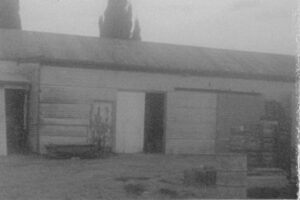
Times of Change
Many years of hard work began to take its toll on Ivan and in 1952 it was decided, as the eldest son, John aged 15, would leave school and become the winemaker to help support the family. Winemaking did not bring enough income for the family to survive on so John also worked jobs outside the family vineyard. John learnt the art of winemaking from his father and he expanded his knowledge and expertise over the years with the help of Jack Mann and his son Dorham.
In 1961 John married Kalgoorlie born Mary and she joined him on the vineyard. Mary’s wage as a bank clerk was integral in supporting the family and allowing John to leave his extra jobs and concentrate on this craft that he was so passionate about. Both Ivan and Ane worked hard in the vineyard alongside their son as the business grew.
1952
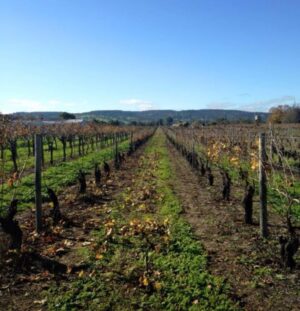
Better wines and winemaking
The years progressed and John could see that the Swan Valley climate was better suited to other varieties and the tastes of the Australian wine drinker were also changing. During the 1960’s he made the bold move to change the vineyard and begin producing dry white wine. Cabernet Sauvignon, Chenin Blanc and Verdelho were planted in 1962, with Chardonnay following in the mid 1970’s.
As the business grew Mary was able to leave her job and work full-time helping to build the business. Whilst looking after the family home and raising three children; Ray, Anthony (Arch) and Joanne, Mary worked in the vineyard alongside John, worked the cellar door and handled all the bookwork.
This growth meant that it was necessary to purchase a further 10 acre property about 500 metres up Great Northern Highway.
1960
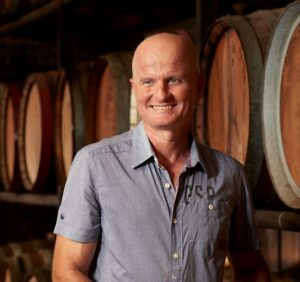
Cooler Climate and a new generation steps up
In the late 1980’s John was keen to start producing cooler climate wines and a vineyard just outside the South West town of Manjimup in the Pemberton wine region was purchased.
Also around the same time second son Arch left a position in banking to join his father full-time at the winery. He worked alongside him learning the art of winemaking as cellar hand and assistant winemaker.
On the eve of vintage in 1998 an accident left John with a broken hip and months of hospital rehabilitation. It was therefore left to Arch to complete his first solo vintage with only phone call assistance from John. From this point on, Arch gradually took on more of the winemaking duties. Soon the Senior Winemaker role moved from father to son with Arch becoming the third generation senior winemaker.
1990's
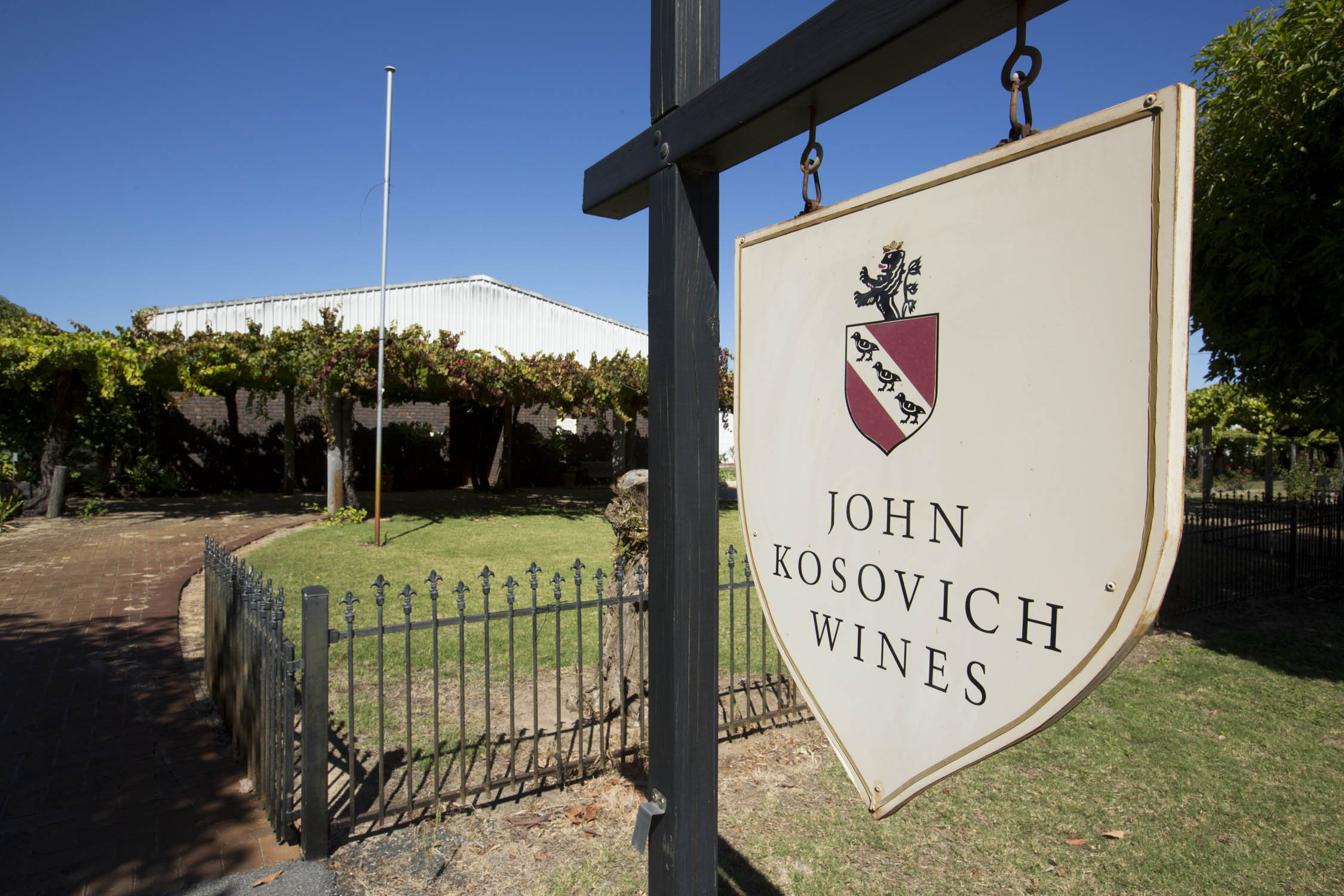
Moving Forward
The winery operated under the name Westfield Wines until 2003 when the decision was made to change the name to honour John’s 50th vintage. In 2004 John was awarded the Jack Mann Medal for services to the Western Australian wine industry and in the same year the winery was awarded the Best West Australian Small Producer at the Perth Royal Wine Show.
Over the years Arch has created his own place in the family business putting his own mark on the wines and continuing the tradition of award winning wines. He has become adept at creating beautiful Chenin Blanc’s receiving awards for several years in a row.
2003
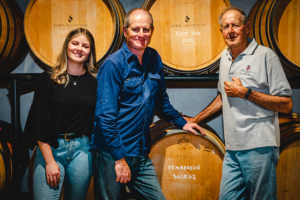
Team Expands
In 2020, after more than 30 years in the IT industry, eldest son Ray has joined the family business as Viticulturist. Over the years he was never far from the vineyard, helping out on weekends and holiday breaks wherever needed. In 1995 he commenced his Bachelor of Oenology through Charles Sturt University. He now works alongside his father managing the vineyards both in the Swan Valley and Pemberton.
Ray’s daughter Erin has taken on the role as social media co-ordinator on a part-time basis, fitting in with her full-time work as an Audiologist. Son Steven, currently studying for a Masters of Education, assists in the vineyard and winery when required. Joanne’s young daughter Emma at seven years of age began showing an interest in the winemaking process and both her and her brother can be seen at the winery regularly. With the fourth generation showing interest in the winery the future of the business beyond its centenary in 2022 looks bright.
2020
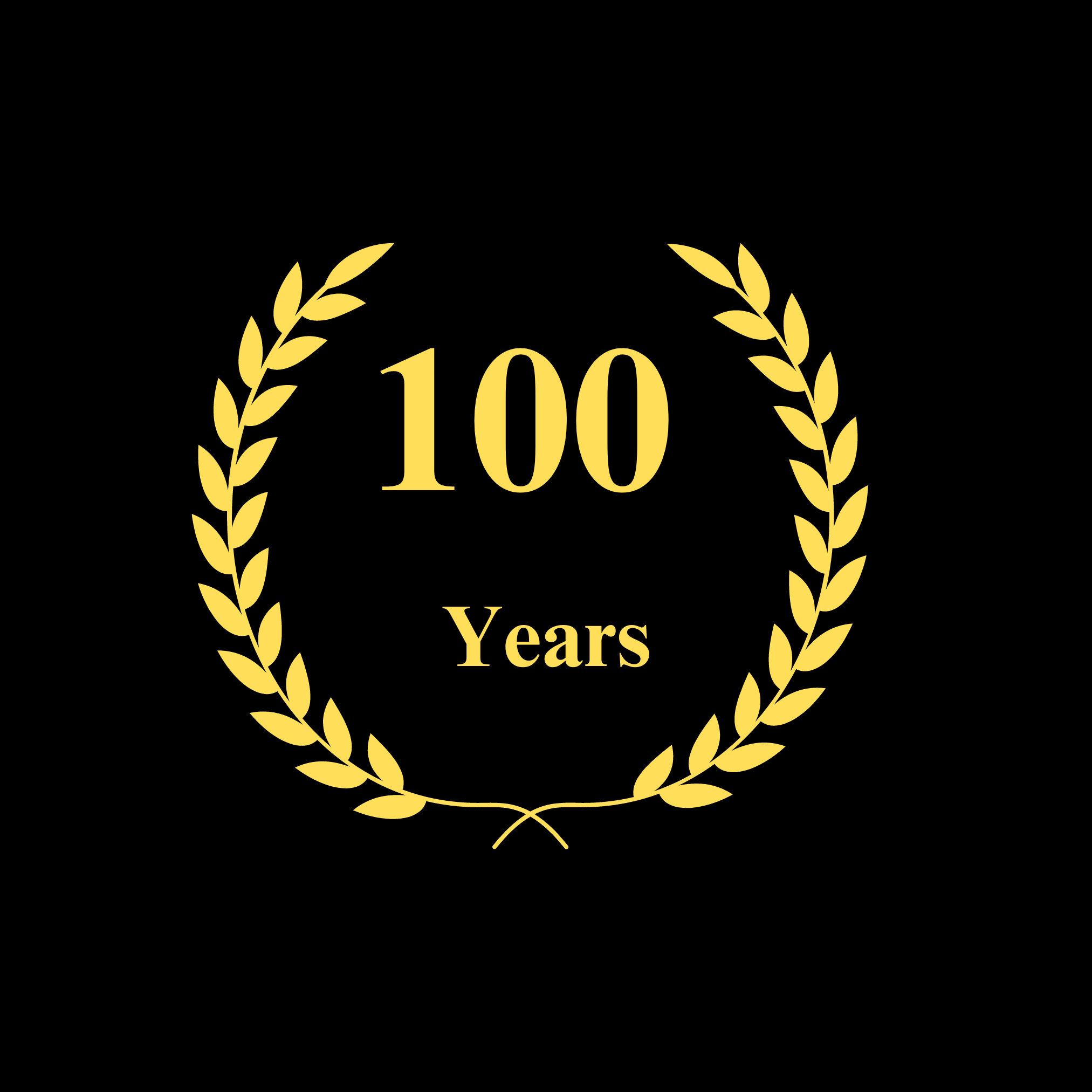
Centenary Year
In 2022 we celebrated our Centenary year, and we remain the oldest winery in the Swan Valley that is still owned and operated by the founding family.
This is something we are extremely proud of and hope to continue for many years to come.